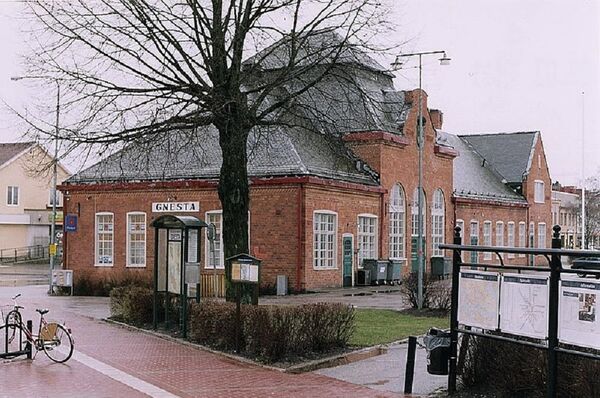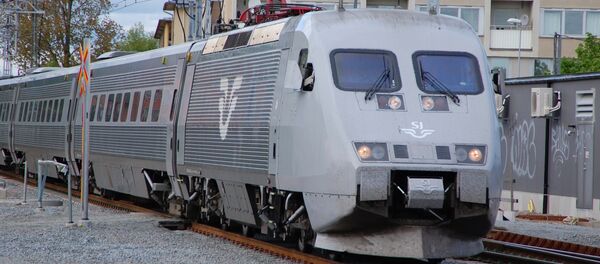The incident immediately led to bickering between state agencies, resulting in a blame game between the Swedish Transport Administration and SJ. Whereas the Transport Administration blamed the driver for making an unfortunate mistake, SJ retorted that drivers do not control the paths the trains take, a process which instead is controlled by the Transport Administration's computers.
"For some reason, he went in the wrong direction. When he tried to go back from Gnesta, he drove against a red signal, then we had to check that the gears had not been damaged, hence the delays," Sofie Hammarberg from the Swedish Transport Administration said.
"A train driver simply can't drive the wrong way, it's the railway signaling that was wrong. That can be because of human error, or because of an error in the traffic management's data system," SJ press officer Niklas Härenstam responded, pledging to take a closer look into the incident jointly with the Transport Administration.
Both authorities ensured, however, that there was no risk of an accident, as the train was alone on the track. Niklas Härenstam argued that the lapse rather was an uncomfortable event for the passengers, who ended up in the wrong place.
Once in Gnesta, the passengers were assisted in getting back to Södertälje to board another train. Their journey was ultimately delayed by around three hours.
So far, delays have plagued Sweden's national railroad operator most. Earlier this year, the Swedish Transport Administration reported that the number of delayed trains has continued to grow.
In 2016, Swedish high-speed trains were reported to be the worst in Europe and among the worst internationally in terms of timeliness. According to a report by the newspaper Svenska Dagbladet, only 66 percent of Swedish high-speed trains arrived within five minutes of their intended times. By contrast, the best performer Japan could boast a punctuality rate of 99 percent on its high-speed routes.
In a further blow to Sweden's trademark punctuality, one in three Swedish trains was reported to be delayed in 2015. This has been partially attributed to a lack of maintenance and deficient equipment, with some tracks being in use for as many as 150 years.






